Invasive Knotweed Removal Timing
Invasive knotweed species, including Japanese knotweed, are among the most aggressive and problematic plants affecting landscapes and infrastructure. Proper timing of removal is vital to ensure effective eradication and prevent regrowth. Understanding the seasonal growth patterns and environmental conditions can optimize removal efforts.
Early spring, before the plant begins active growth, is ideal for initial removal to prevent establishment.
Mid to late summer allows for targeted removal when the plant is actively growing, making it easier to identify and treat.
Late fall, after the plant has completed its growth cycle, offers an opportunity for comprehensive removal before winter dormancy.
Removal during winter is generally ineffective due to dormancy, but site preparation can be done for the next season.
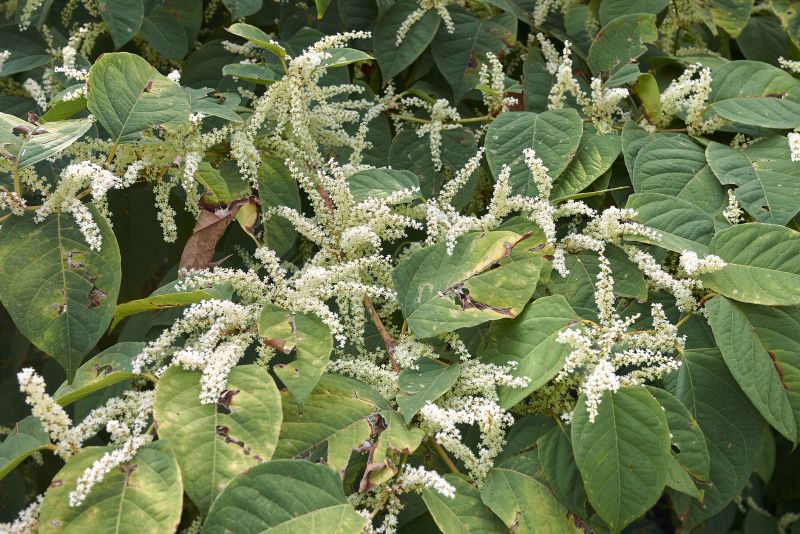
Young knotweed shoots emerging in early spring.
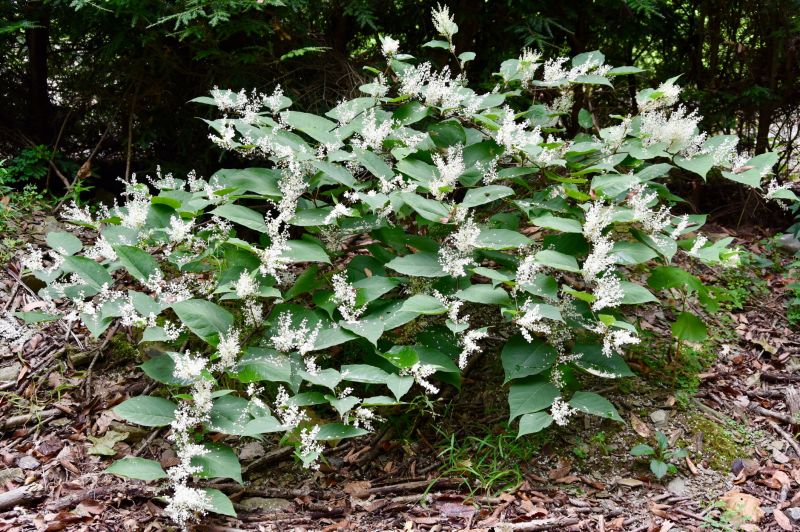
Lush, tall knotweed during peak summer months.
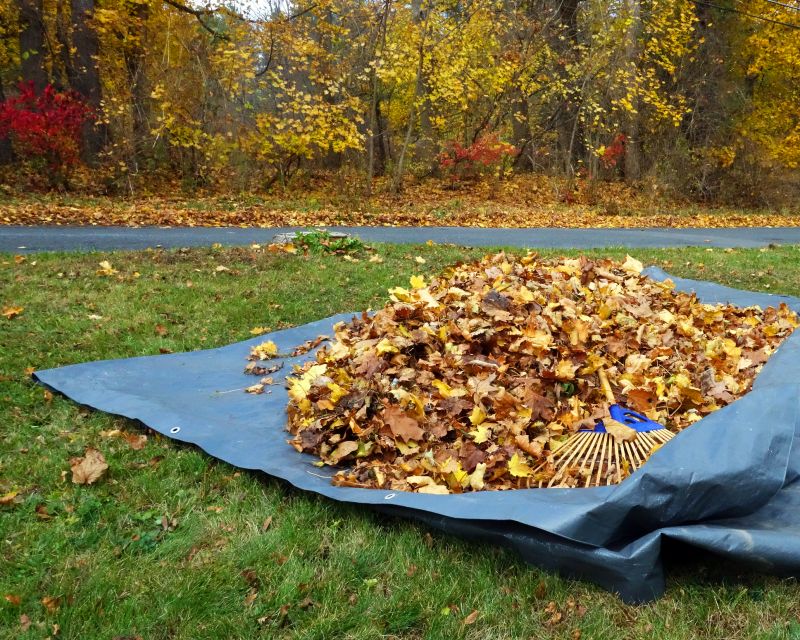
Knotweed leaves turning color as it prepares for winter.
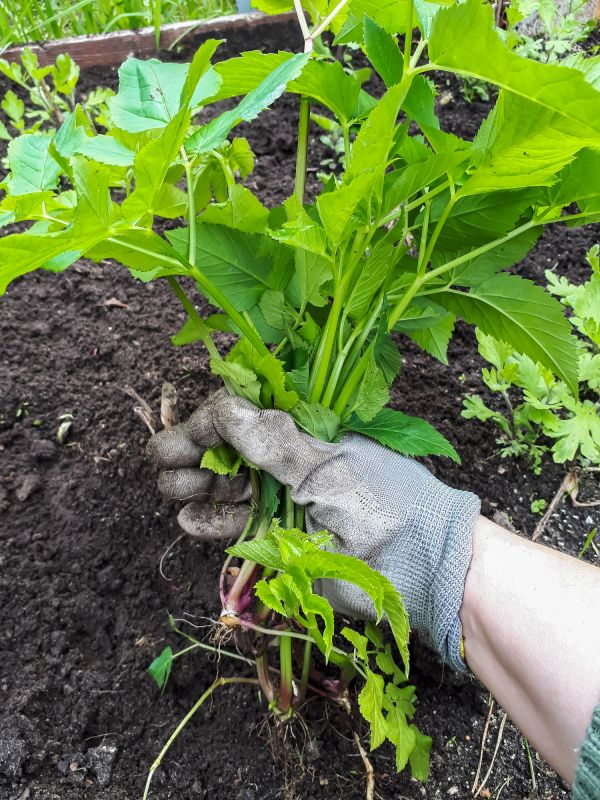
Professional removal process during late summer.
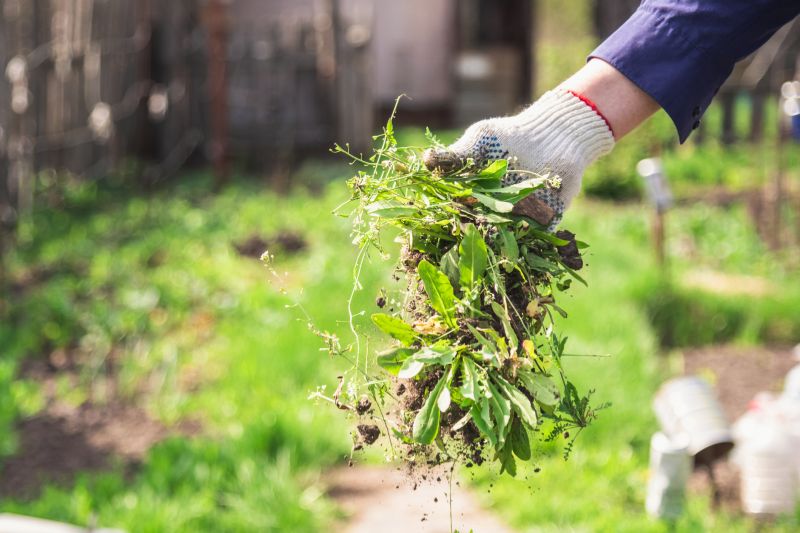
Cleared area after knotweed removal.
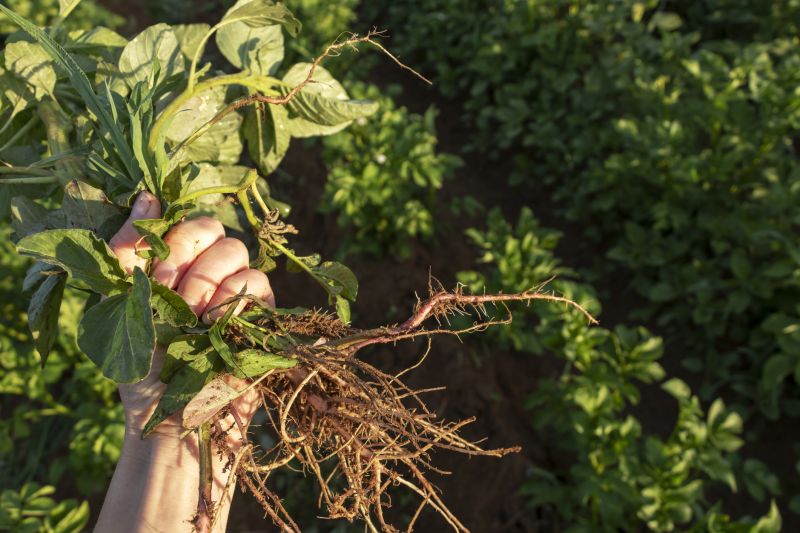
Underground rhizomes that can regenerate if not fully removed.
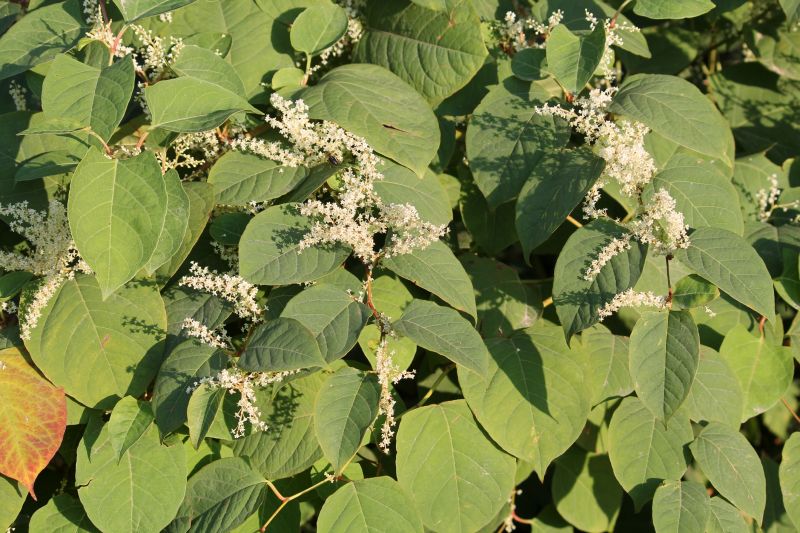
Extent of invasive knotweed spread in affected areas.
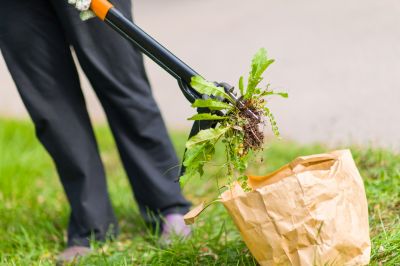
Tools and machinery employed in knotweed eradication.
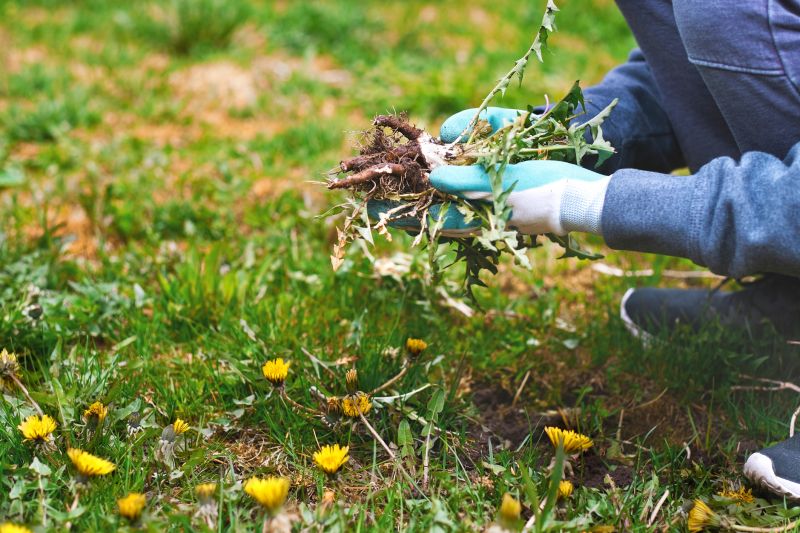
Assessing regrowth during different seasons.
| Season | Recommended Activities |
|---|---|
| Spring | Identify new shoots, plan removal strategies, begin treatments before active growth. |
| Summer | Carry out targeted removal, treat regrowth, monitor for new shoots. |
| Fall | Complete removal efforts, prepare site for winter dormancy. |
| Winter | Minimal removal, focus on site assessment and planning for next season. |
Effective invasive knotweed removal requires precise timing aligned with the plant's growth cycle. Early interventions can prevent extensive spread, while late-season treatments can address regrowth. Regular monitoring and follow-up treatments are essential to fully eradicate this resilient invasive species. Statistics indicate that untreated knotweed can cause significant damage to property foundations, drainage systems, and native ecosystems, emphasizing the importance of timely removal efforts.
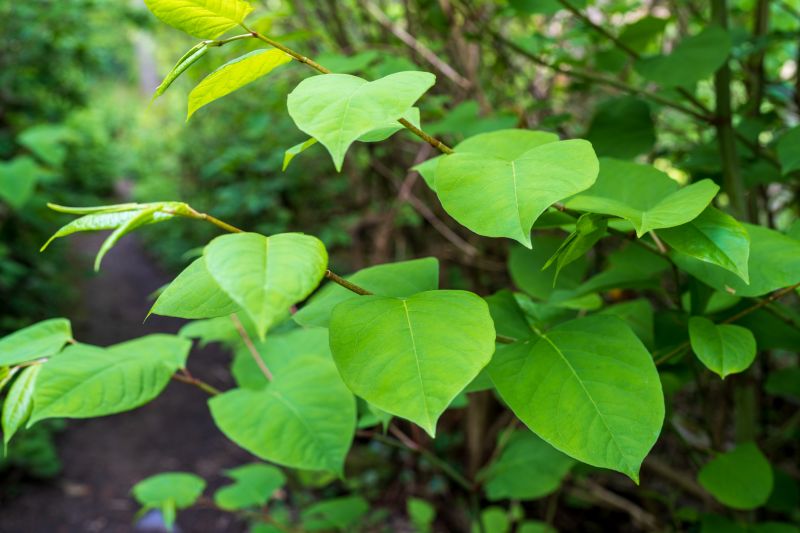
Deep rhizomes capable of regenerating after removal.
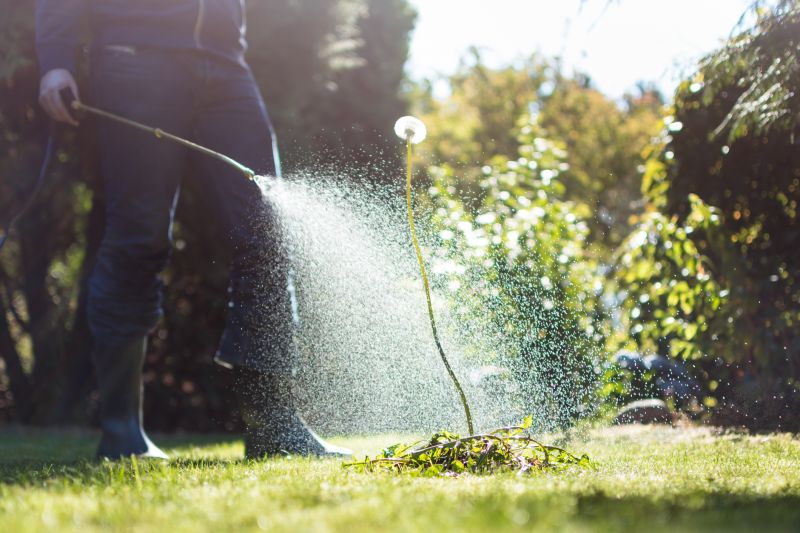
Extent of invasive spread in affected areas.

Tools used for effective knotweed eradication.

Cleaned area after knotweed removal process.
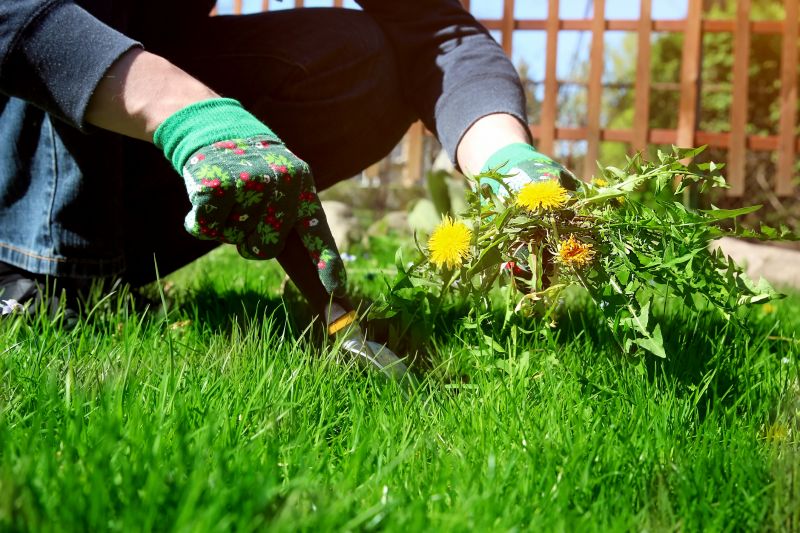
High-end options that actually feel worth it for Invasive Knotweed Removals.

Finishes and colors that play nicely with Invasive Knotweed Removals.

Little measurements that prevent headaches on Invasive Knotweed Removals day.
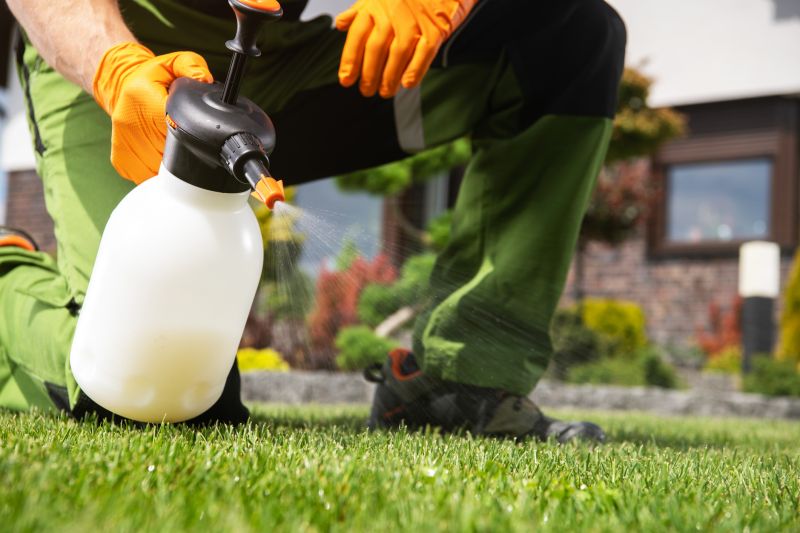
A 60-second routine that keeps Invasive Knotweed Removals looking new.
If interested in invasive knotweed removals, filling out the contact form can provide further details and assistance. Proper timing and thorough treatment are crucial for successful eradication and long-term site health.
